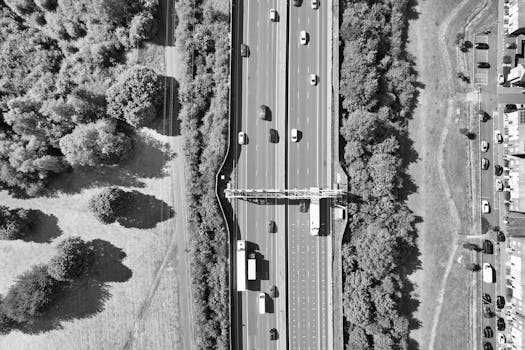
**
Planning a Fourth of July getaway? Millions of Americans will be hitting the roads and skies this Independence Day, making it one of the busiest travel periods of the year. Navigating this travel surge requires careful planning. This comprehensive guide reveals the best and worst days to fly and drive during the 4th of July week, highlights congested routes to avoid, and unveils the busiest travel day, empowering you to make the most of your holiday.
The Busiest Day to Travel for Fourth of July 2024: A Predictable Peak
Predicting the busiest travel day is crucial for avoiding the worst of the holiday chaos. Historically, the Sunday before the Fourth of July (this year, June 30th) and the day after (July 5th) consistently emerge as the most congested days for both air and road travel. Expect significant delays and overcrowded airports and highways. Airlines and rental car companies are already reporting high demand, so booking early is essential.
Air Travel: Fourth of July Flight Delays & Cancellations
Air travel during peak seasons like the Fourth of July often translates to higher flight prices, potential delays, and even cancellations. To mitigate the risks, consider the following:
- Book Flights in Advance: The earlier you book, the better your chances of securing a preferred flight time and a lower fare. Last-minute bookings are far riskier and significantly more expensive.
- Check Flight Status Regularly: Track your flight's status leading up to departure to avoid unexpected surprises. Numerous apps and websites offer real-time flight tracking capabilities.
- Be Prepared for Delays: Factor in potential delays when scheduling your travel plans. Build in extra time to account for airport congestion and potential issues.
- Pack Smart: Be aware of airline baggage restrictions and pack accordingly to avoid extra fees. Remember any essential medications.
- Consider Alternative Airports: If flying to a major city, consider using smaller, less congested airports nearby. This could potentially save you time and stress.
- Choose Non-Stop Flights: If possible, opt for direct flights to reduce your risk of delays caused by connecting flights.
- Check TSA Wait Times: The Transportation Security Administration (TSA) website offers real-time wait times at various airports, enabling you to plan your arrival accordingly.
4th of July Road Trip: Congested Highways & Route Planning
Millions of Americans plan road trips for the Fourth of July, leading to significant congestion on major highways. This year, we anticipate heavier traffic than usual, especially on:
- I-95 (East Coast): Expect substantial delays along the entire I-95 corridor from Washington, D.C., to Florida. Consider alternative routes if possible.
- I-75 (Southeast): This major artery through the Southeast will experience heavy traffic, particularly in Florida and Georgia.
- I-40 (Southwest): Travelers heading to national parks in the Southwest will encounter significant congestion along I-40.
- I-10 (West): The I-10 corridor, especially the sections crossing Texas, New Mexico, and Arizona will experience a considerable increase in traffic volume.
Tips for a Smoother Road Trip:
- Plan Your Route: Use GPS navigation apps and plan your route in advance, considering alternative routes to avoid major congestion.
- Check Traffic Conditions: Monitor real-time traffic conditions before you leave and throughout your trip. Apps like Google Maps and Waze provide updates on traffic flow.
- Start Early or Travel Late: To avoid the heaviest traffic, consider starting your journey very early in the morning or traveling late at night.
- Pack Snacks and Drinks: Long drives require regular breaks. Pack sufficient snacks and drinks to keep you hydrated and energized.
- Take Breaks: Regular breaks are crucial for driver safety. Stop regularly to stretch your legs and rest.
- Share Driving Responsibilities: If possible, share the driving responsibilities to reduce fatigue.
- Check Your Vehicle: Ensure your vehicle is in good condition before embarking on your road trip. Get routine maintenance done ahead of time.
Best & Worst Days to Fly & Drive for Fourth of July Travel
Based on historical data and current predictions, here's a breakdown of the best and worst days to travel during the Fourth of July week:
Worst Days to Travel (both air and road):
- June 30th (Sunday): Expect maximum congestion on both roadways and airports.
- July 5th (Friday): Return travel is often just as hectic as the initial departure.
Best Days to Travel (relatively less congested):
- July 1st – July 3rd (Monday – Wednesday): These days generally experience lower traffic volume.
Conclusion: A Stress-Free Fourth of July Travel Experience
The Fourth of July is a time for celebration and relaxation, but navigating the travel surge requires thoughtful planning. By considering the busiest travel day, understanding congested routes, and choosing the best travel dates, you can significantly reduce stress and maximize your holiday enjoyment. Remember to book your flights and accommodations well in advance, check traffic conditions regularly, and prioritize safety above all else. Have a happy and safe Fourth of July!




















